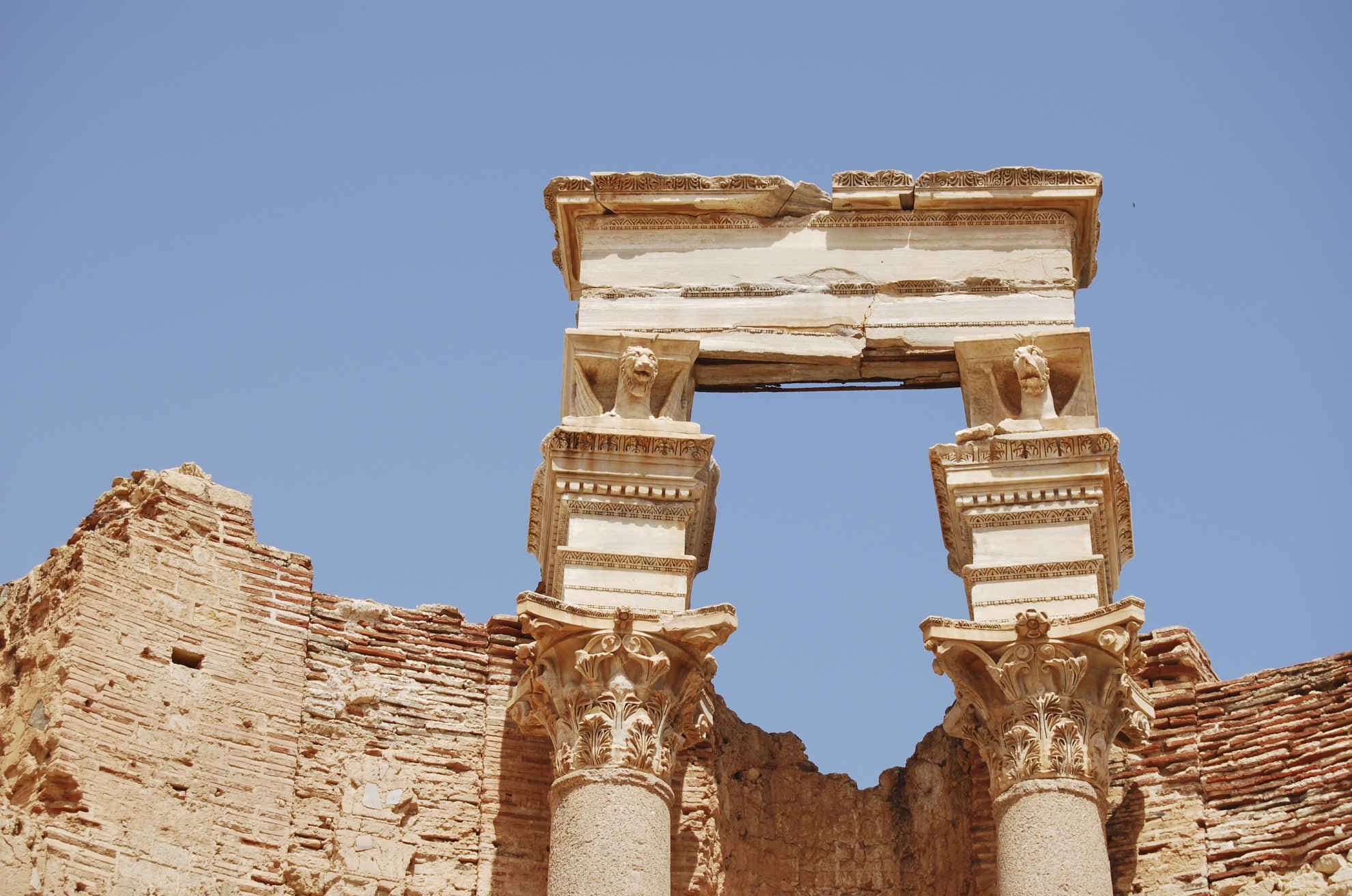At the latest "Epigraphy and Papyrology" seminar, Julia from our project presented a paper on the building activities of presbyters in Rome at the turn of the 4th and 5th centuries, based on epigraphic evidence, particularly verse inscriptions, from that period. Below is the abstract of her presentation.
Abstract
Damasus, the Bishop of Rome from 366 to 384, is rightly considered the main initiator of the monumentalization of the burial sites of Roman martyrs, transforming them into grand architectural complexes adorned with epigrams carved by the skilled stonecutter Filocalus.
In one of these inscriptions, found at the Cemetery of Callixtus on the Via Appia, Damasus appeals to visitors to pray for his health so that he might complete the construction work he had begun. However, this was not to be, and the task of finishing the project fell to his successors, beginning with his immediate successor on the papal throne, Siricius (384-399). While Damasus is often credited with setting the direction for commemorating sites associated with martyrs, it is clear that the scale of the work required the involvement of collaborators who, on behalf of the Bishop of Rome, could oversee the progress of these efforts. Damasus enlisted a group of presbyters, who quickly became the first and most important continuators of his legacy. In my presentation, I aim to introduce this milieu, whose activities at the turn of the 4th and 5th centuries are attested by a collection of over a dozen inscriptions. Based on surviving sources, I intend to highlight how and through what means they employed Damasian poetic models, giving them continuity. These texts provide an excellent testimony to the phenomenon of so-called double commemoration—namely, the commemoration of the martyr (or the works undertaken at the site of their relics) and, crucially, the self-commemoration of the benefactor of these works. By exploring this dual dynamic, I will discuss the role of the presbyters as benefactors in Rome at the turn of the 4th and 5th centuries. Moreover, by situating their activities in specific areas of the city, I will analyze the extent to which we can draw from them knowledge about the changes occurring in the topography and social structure of the Urbs in Late Antiquity.
